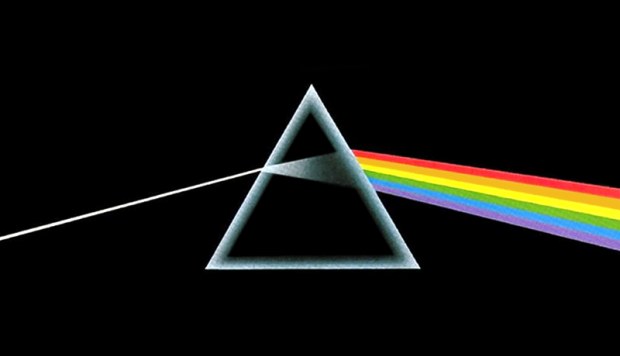
Last month, there was an interesting story at IBM about the development of their “optochips,” which use photons instead of electrical signals to communicate information. Optical computing is a huge area of development right now, and there are interesting discoveries happening constantly — at least, interesting to those interested in stuff like wavelengths, photon cascades, and all that.
This recent discovery addresses the fact (if I understand correctly) that wavelength, phase, and polarization may differ between two systems, or even two components within a system. This may result from imperfect or variant materials used in creating the beam to simple standards differences — think USB and Firewire, both passing the same bits but with different interfaces.
Scientists have found a way to vary the wavelength of an optical data signal by putting it through what’s called Bragg scattering, in which the beam is directed through a sort of screen of atoms. The resulting interference pattern is predictable, and can be configured to scatter the beam with a new wavelength.
It’s a bit like a universal translator that takes any language coming in, converts it to Latin, and transmits that Latin to another point, where Latin is understood but perhaps not the language it started as. I don’t know, maybe not. In any case, it’s moving us one step closer to photon-based computing.
[via io9]